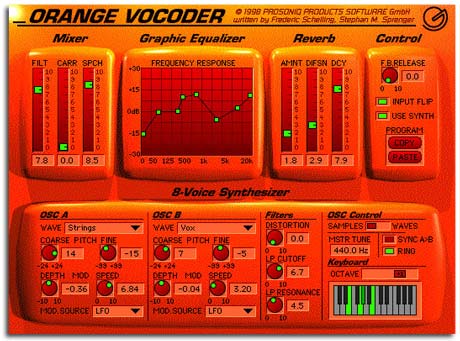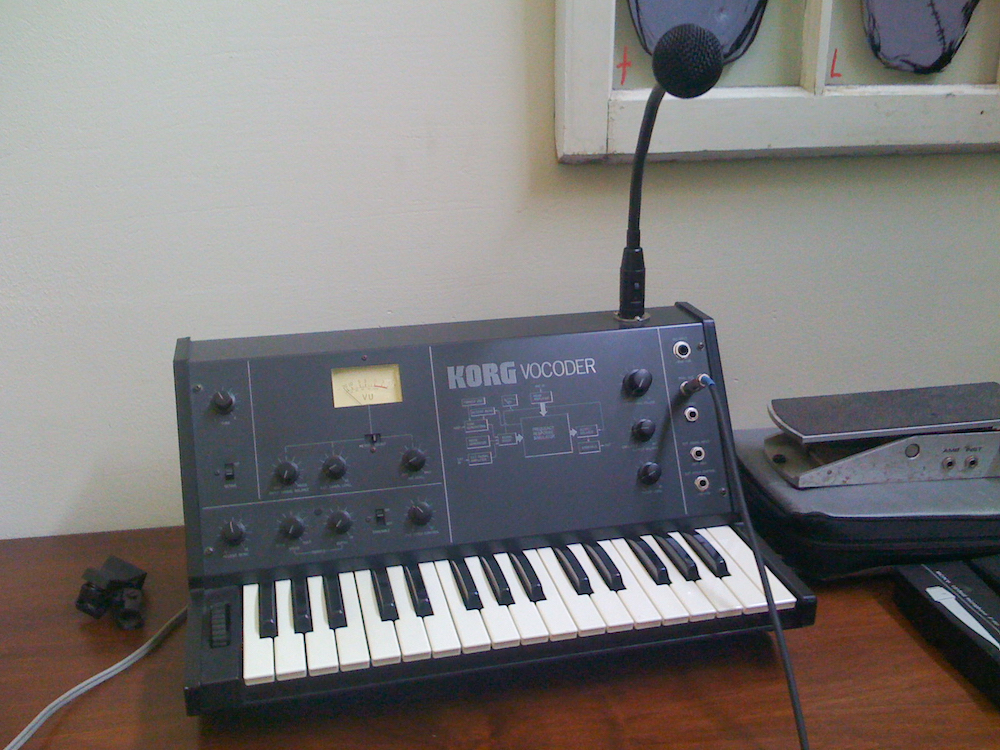
In this example, the MIDI timing very closely follows the vocals (or rather, I sung the vocals to closely follow this MIDI part):Īnd here's the final result, as processed by Image-Line's Vocodex plug-in: It's a synth pad from HALion Sonic that has some reverb and delay that creates some movement in the final vocoder output. Next, here's a MIDI track I recorded for the carrier signal. There is some mild compression on it to even out the dynamics, and I edited the audio to remove some unwanted breath and to tighten up the timing:


First, we have a three-part harmony I recorded to use as my modulator signal. Here's an example I put together for this tutorial. There are different applications for vocoders and their various components, but these tutorials are just going to cover the most common use case for music production: For our purposes, a vocoder is a tool that analyzes an incoming audio signal (usually a human voice) called the modulator, breaks that source signal into an arbitrary number of signal bands, and uses this encoded information to modulate a secondary audio source (usually a synth patch) called the carrier.Īnother way of putting it: The vocoder attempts to approximate the sound of the modulator signal using audio material from the carrier. For that reason, this first post covers some general tips that will help you get the most out of any vocoder plugin you end up using, and the posts that follow walk you through configuring a number of specific vocoders.Īt the bottom of this post you'll find links to each of my tutorials for configuring several different vocoder plugins. On top of that, there's a lot more to getting a good-sounding vocoder than simply getting your DAW routing configured properly.


There are lots of great free and commercial vocoder plugins available these days, but setting them up in Cubase isn't always straightforward.


 0 kommentar(er)
0 kommentar(er)
